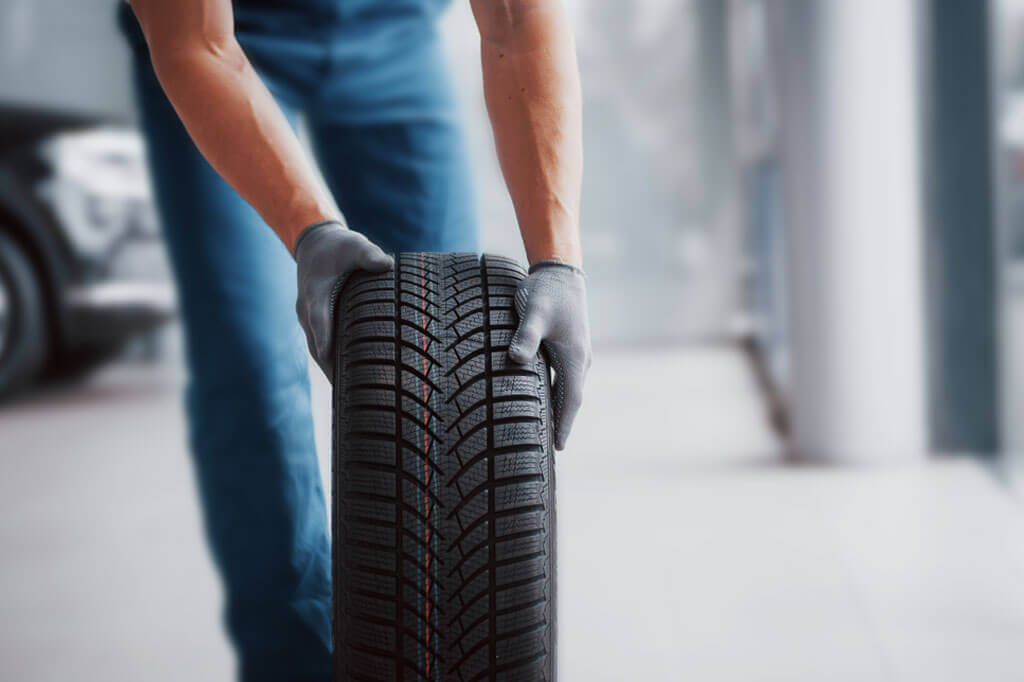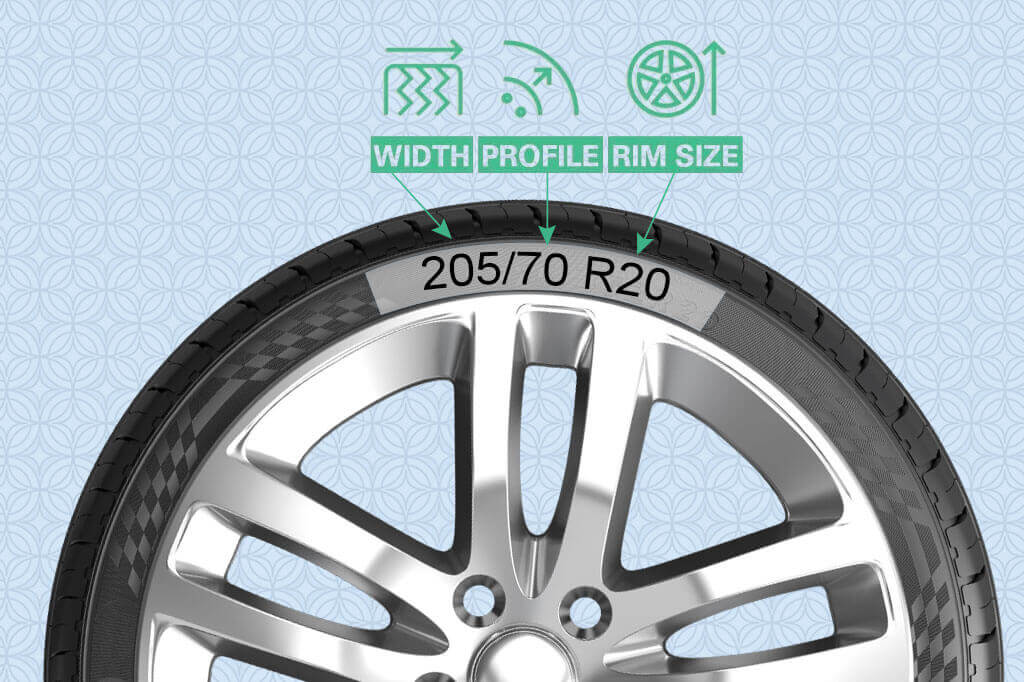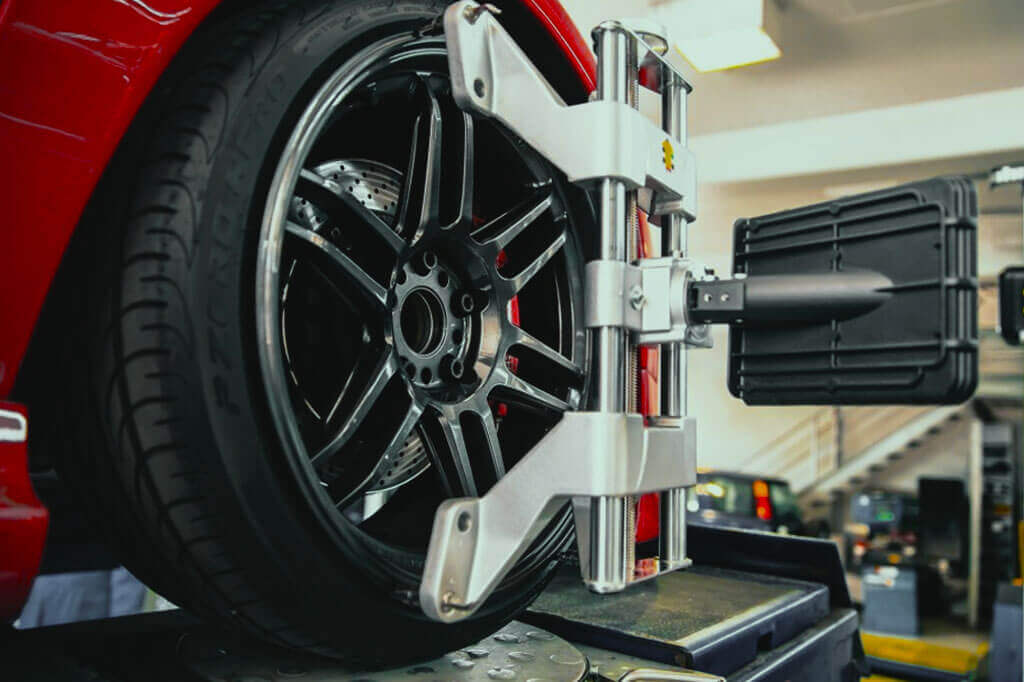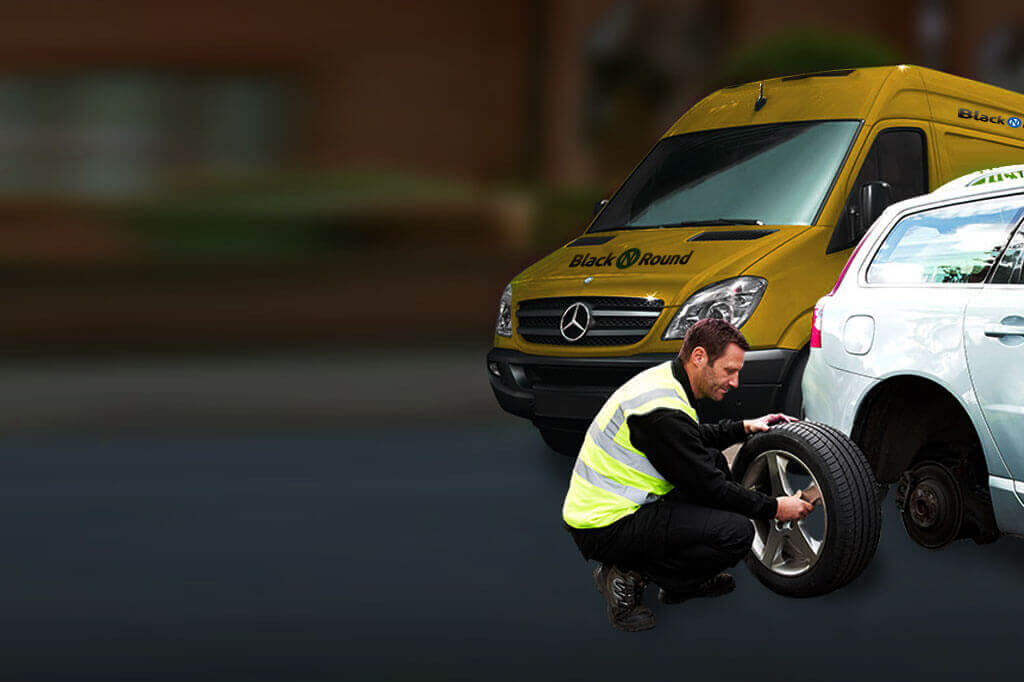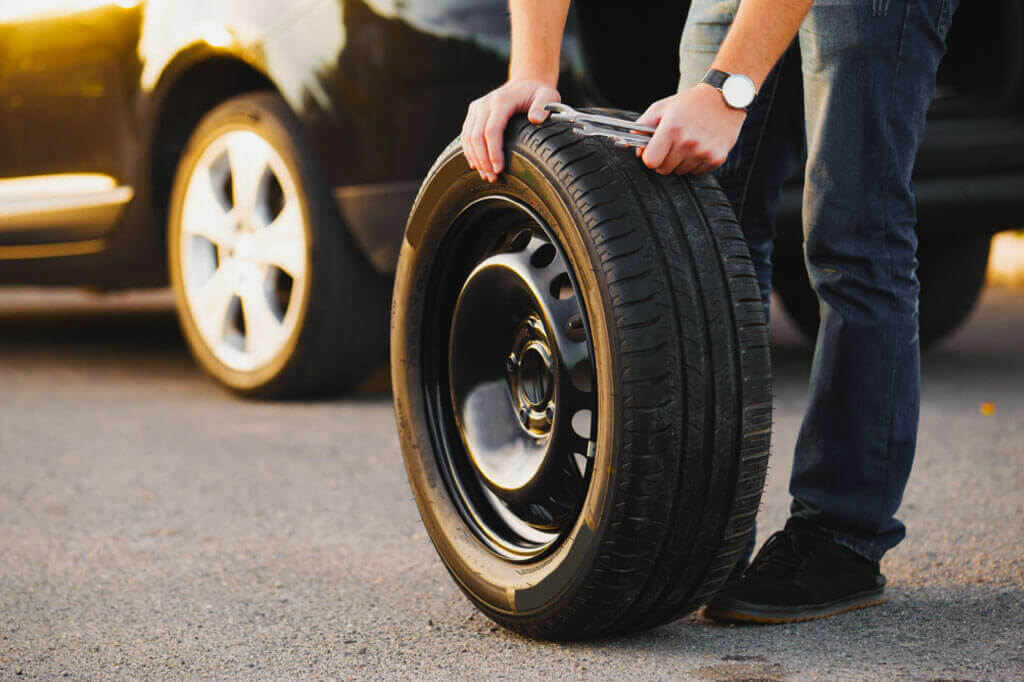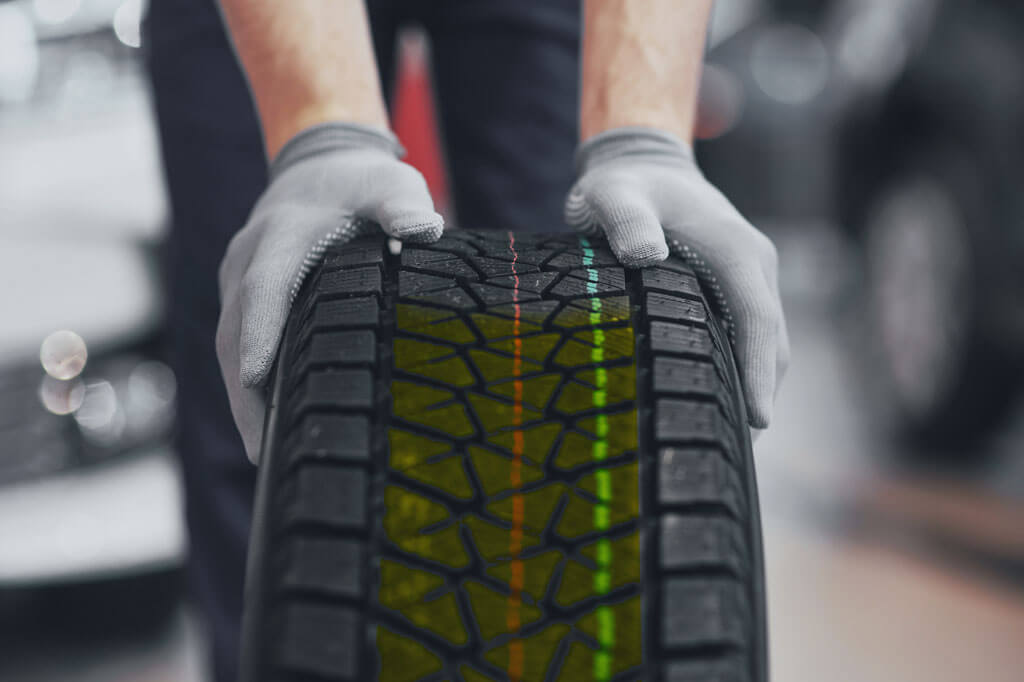Tyre rotation, wheel alignment and balancing play a major role in determining the life span of the tyres. Following the tyre rotation pattern and fixing alignment or balancing issues will provide you with a comfortable drive with improved performance and safety.
Tyre Rotation
Tyre rotation is a maintenance process performed after some time to ensure that the tyre lasts long and provides a safe and comfortable drive. The tyre rotation is generally suggested after driving about 10,000 to 12,000 kilometres. The rotation pattern of the tyre is based upon the drive type of the car: front, rear or all-wheel drive.
The rotation is important because on-road friction and tension caused when driving makes the back end tyres wear off differently compared to the front ones. Furthermore, not rotating or driving with uneven tyres for a long period will decrease performance, causing the car to go adrift, lower traction and reduce lifespan.
Tyre Rotation Patterns
It is important to first check the drive type of your vehicle before going to rotate your car tyres. There are different pattern
For vehicles with four, rear or all-wheel drive
Before deciding to interchange the tyres, you should confirm that all the tyres are identical in dimensions and are non-directional. For a four, rear or all-wheel drive type, the rearward cross, as well as the X pattern rotation is recommended. In the rearward cross, the rear tyres on your vehicle are interchanged with front tyres on the corresponding opposite side. On the other hand, the X pattern requires interchanging the front right tyre with the rear left, and the front left gets replaced with the rear right.
For vehicles with front-wheel drive tyre rotation
For front-wheel drive, you need a forward cross or the X rotation pattern.
Staggered wheels
If you have staggered wheels, then tyre rotation can become complicated. Moreover, if you have non-directional tyres, then you can use side to side rotation with staggered wheels. In side-to-side, the front right gets interchanged with the front left and the back right with the back left tyres.
What is a Wheel Alignment Check?
A wheel alignment contains adjustment or modification of internal components of your car. It is performed by modifying the angles of the tyres using the latest equipment and technology to ensure they will provide optimal on-road contact.
Car going adrift: Driving your car with incorrect wheel alignment can cause a pull toward the left or right side of the road. Such a condition makes handling the vehicle difficult and also increases the risk of collisions when driving. Inaccurate alignment results in difficulty in controlling the car and risks your on-road safety.
Suspension parts replaced: As the suspension in a vehicle is linked to the wheels, it is vital to get a wheel alignment check whenever a broken suspension part gets replaced.
Premature tyre wear: Have you noticed uneven tyre wear recently? Only one side of the car tyres worn off is a common symptom of wrong wheel alignment.
What gets fixed in a Wheel Alignment Service?
There are three things inspected in a wheel alignment
- Camber:
This angle indicates the inside or outside twist of tyres when viewed from the front of your vehicle. Wong camber angle can be of two types: positive ( outward tilt) and negative (inward tilt).
- Toe
The Toe symbolises an inward or outward tilt in the tyres when observed from above. The inwards angle is called toe-in, and an outward angle is called toe-out.
- Caster
This refers to the angle of the steering axis when observed from one side of your vehicle. A positive caster is when the steering axis is tilted towards the car driver, and a negative caster is when there is an outward tilt in the steering axis.
Wheel Balancing
Driving with unbalanced wheels can change the overall performance of your car. Not only will it become difficult to control, but incorrect wheel alignments can also damage several connected components within your vehicle such as tyres or suspension.
Common Signs of Unbalanced Wheels:
Uneven tread wear
Upon a close inspection of your car tyres, if you notice scalloped wear on the tyre surface, then get a wheel balancing check at a repair centre. Repairing the imbalance quickly will guarantee your tyres work efficiently and are prone to early wear.
Vibrations
Excess vibrations when driving your vehicle is a common sign of wheel imbalance. Ignoring the matter will make the vibrations much worse and also create difficulties in other linked parts.
If you are still unsure about tyre rotation, alignment or balancing, then consult an experienced professional today who can suggest the best solution for your car.



